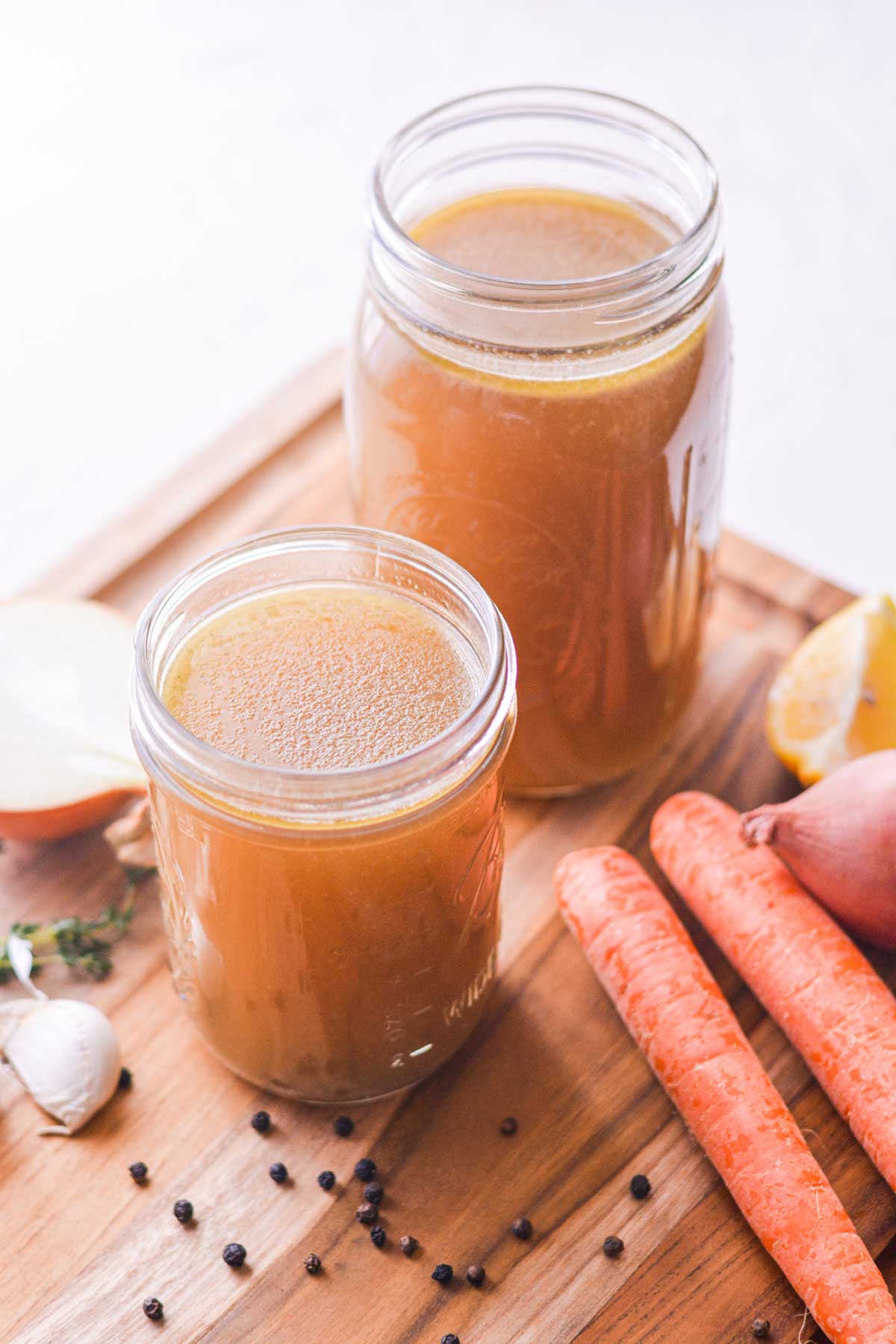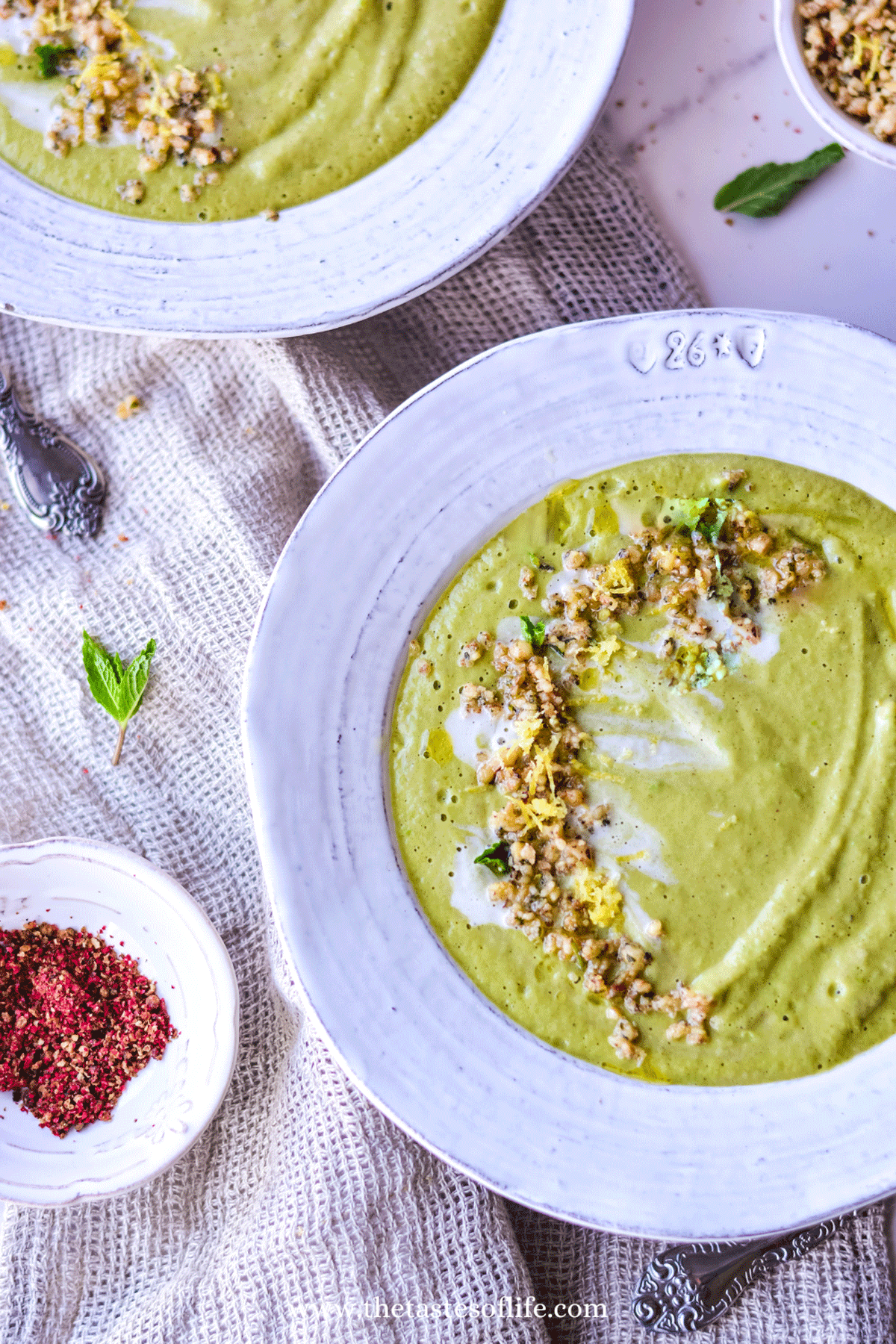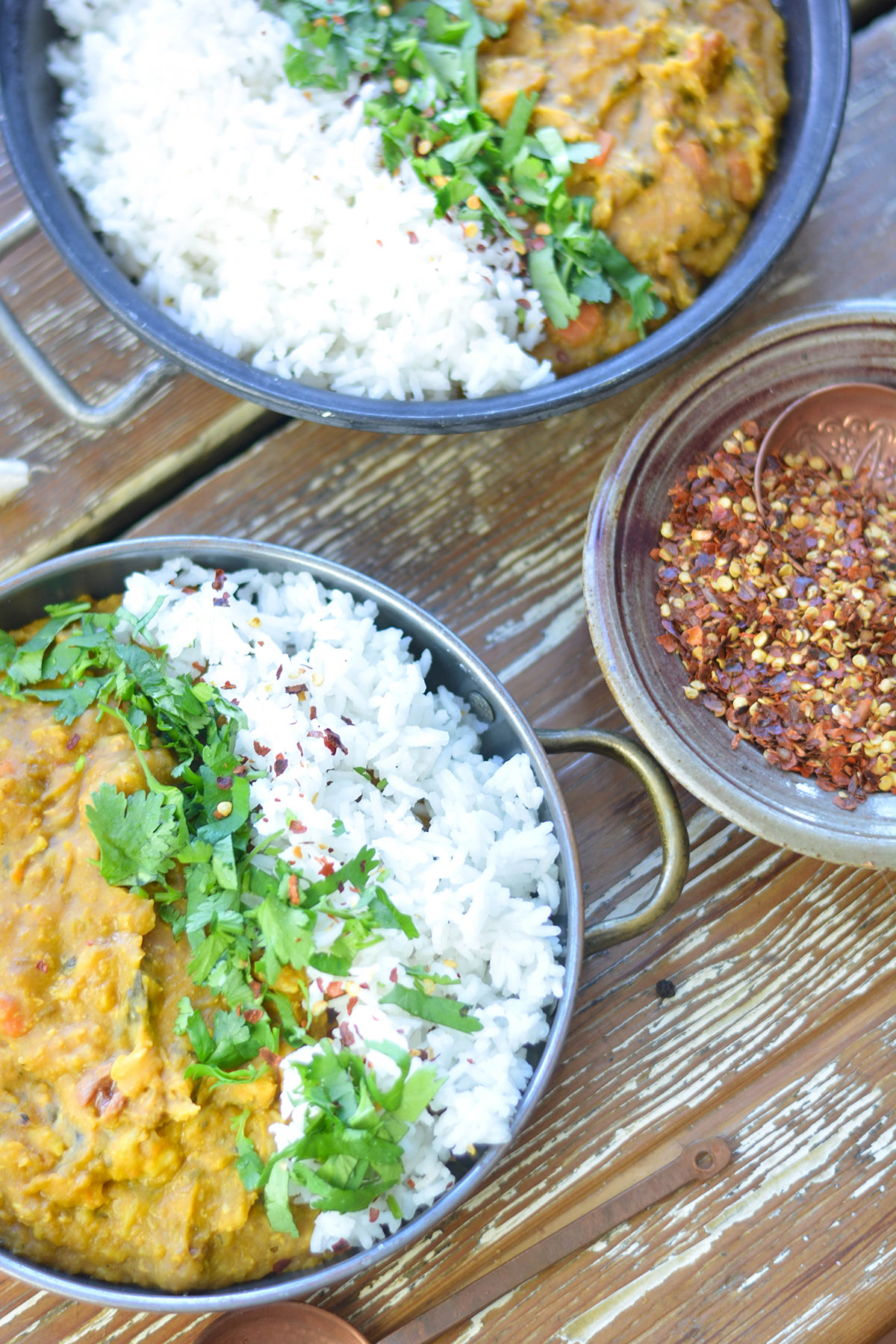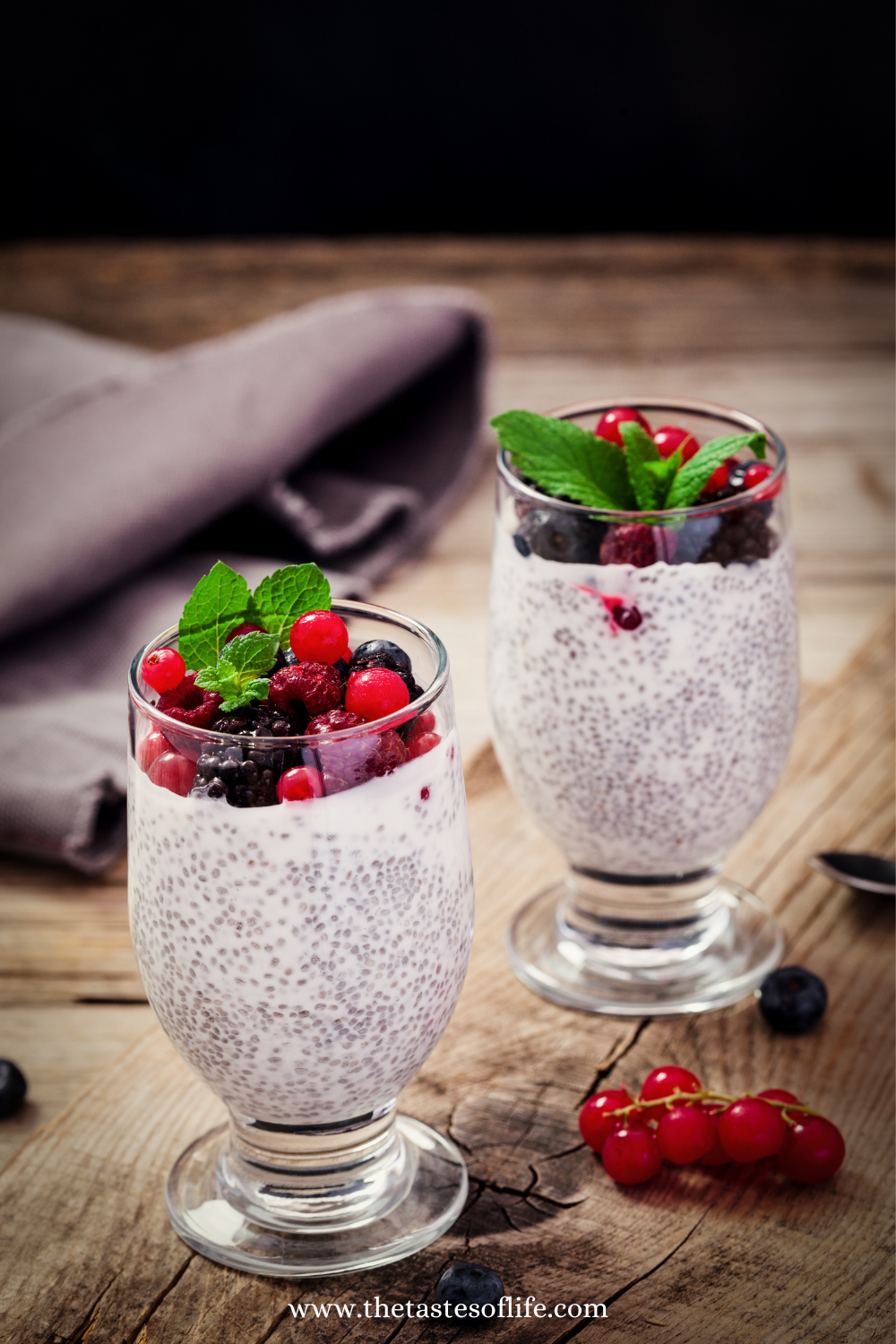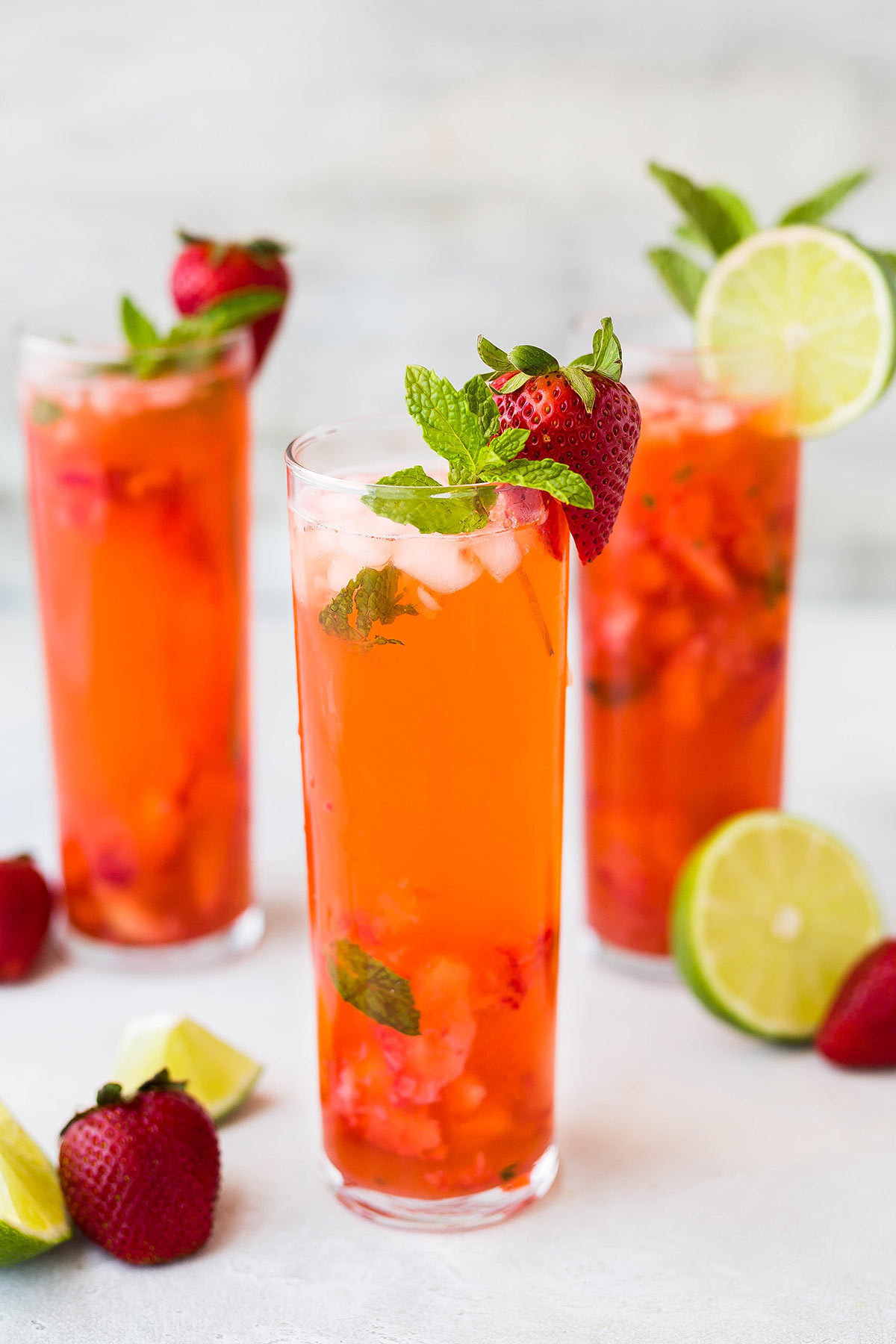Elevate Salad Game: Tips and Tricks for Making the Perfect Salad

Making The Perfect Salad
I often hear that “Salads are boring,” “I can’t look at another salad,” and “I hate salads”. I have always loved salads, and actually, you can get very creative making them, but I agree if I use the same vegetable repeatedly, I will be bored too! Also, besides green smoothies, salads are a great way to “sneak” more veggies into your daily eats. So let’s change things up and bring some excitement and creativity to your routine leafy green flare!
What protein can I add to the salad?
Depending on personal taste and dietary preferences, many different types of protein can be added to a salad. Here are some common protein options to consider:
- Chicken: Grilled, baked, or roasted chicken breast. Lean, high in protein, and can be seasoned to add flavor to the dish.
- Seafood: Salmon, tuna, shrimp, or crab. Adds good protein and omega-3 fatty acids. Grilling, baking, or searing the fish can add a delicious flavor and texture.
- Tofu: Tofu is a vegetarian and vegan protein option. It is a versatile ingredient that can be cooked in a variety of ways, such as sautéed, baked, or fried, and can be seasoned to add flavor to the salad.
- Beans: Chickpeas, black beans, lentils, or kidney beans. Great plant-based protein source. They can be added to salads to boost protein, fiber, and nutrients.
- Eggs: Hard-boiled or poached.
- Nuts and Seeds: Adding nuts or seeds to a salad can add a crunchy texture and protein boost. Almonds, walnuts, sunflower seeds, and pumpkin seeds are just a few options to consider.
When choosing a protein to add to your salad, consider the flavor, texture, and nutritional benefits of each option to ensure that it complements the other ingredients in the dish.
What vegetables to use?
Vegetables are the backbone of a good salad, and choosing the right ones can take your dish to the next level. Here are some of the top veggie options to consider:
- Greens: From massaged kale salad to watercress and mixed field greens, there are countless varieties of greens to choose from. Get creative and experiment with different types like escarole, frisée, and swiss chard to add complexity and depth to your salad.
- Delicate Greens: For a lighter touch, try incorporating tender baby spinach, butter lettuce, or sprouts like alfalfa, pea shoots, or broccoli. These delicate greens provide a soft, fresh texture that pairs well with other veggies and toppings.
- Hearty/Crispy Greens: If you’re looking for a heartier base, go for greens that pack a punch, like kale, romaine, or radicchio. These sturdy veggies provide a satisfying crunch and can stand up to bolder dressings and toppings.
- Other Vegetables: The possibilities are endless when it comes to veggies! Roasted sweet potato, marinated artichoke hearts, or pickled beets can add a burst of flavor and color to your salad. Try mixing in raw or grilled asparagus, cucumbers, bell peppers, carrots, or broccoli for added variety. Red onion, red cabbage, napa cabbage, celery, mushrooms, radishes, non-GMO organic corn, and jicama are other terrific options.
- Mix it Up: Don’t be afraid to experiment with different preparations and cooking methods. Try roasting or grilling your veggies for a smoky flavor, marinating them for added tang, or keeping them raw for a fresh crunch.
The possibilities are endless, so get creative and have fun with it!
What kind of carbohydrates to use?
Adding carbohydrates to a salad can make it more filling and provide energy. Here are some options to consider:
- Whole Grains: Whole grains like quinoa, brown rice, farro, and barley can be added to a salad for a hearty and nutritious base. They are high in fiber and protein and can provide sustained energy.
- Beans and Legumes: In addition to being a great source of protein, beans can also provide carbohydrates to a salad. They are high in fiber and can help to keep you feeling full.
- Sweet Potatoes or Butternut Squash: They are a delicious and nutritious addition to a salad. They are high in fiber and complex carbohydrates, which can provide sustained energy.
- Fruit: Adding fruit like berries, apples, and oranges to a salad provides natural carbohydrates and sweetness. Fruit is also high in fiber and antioxidants.
- Nuts and Seeds: Nuts and seeds like almonds, pumpkin seeds, and sunflower seeds can provide healthy fats, protein, and carbohydrates to a salad. They also add a crunchy texture and delicious flavor.
What vegetable to choose for a salad?

Vegetables are the backbone of a good salad, and choosing the right ones can take your dish to the next level. Here are some of the top veggie options to consider:
- Greens: From massaged kale salad to watercress and mixed field greens, there are countless varieties of greens to choose from. Get creative and experiment with different types like escarole, frisée, and swiss chard to add complexity and depth to your salad.
- Delicate Greens: For a lighter touch, try incorporating tender baby spinach, butter lettuce, or sprouts like alfalfa, pea shoots, or broccoli. These delicate greens provide a soft, fresh texture that pairs well with other veggies and toppings.
- Hearty/Crispy Greens: If you’re looking for a heartier base, go for greens that pack a punch like kale, romaine, or radicchio. These sturdy veggies provide a satisfying crunch and can stand up to bolder dressings and toppings.
- Other Vegetables: The possibilities are endless when it comes to veggies! Roasted sweet potato, marinated artichoke hearts, or pickled beets can add a burst of flavor and color to your salad. Try mixing in raw or grilled asparagus, cucumbers, bell peppers, carrots, or broccoli for added variety. Red onion, red cabbage, napa cabbage, celery, mushrooms, radishes, and even non-GMO organic corn and jicama are other great options to consider.
- Mix it Up: Don’t be afraid to experiment with different preparations and cooking methods. Try roasting or grilling your veggies for a smoky flavor, marinating them for added tang, or keeping them raw for a fresh crunch. The possibilities are endless, so get creative and have fun with it!
What are good fats to used for salad
Adding healthy fats to your salad can provide flavor and texture and help with nutrient absorption. Here are some great options for healthy fats to include in your salad:
- Nuts: Nuts like almonds, walnuts, pecans, or pistachios are perfect sources of healthy fats, protein, and fiber. Try adding some toasted nuts to your salad for a satisfying crunch.
- Seeds: Seeds like chia, flax, hemp, pumpkin, or sunflower are packed with healthy fats, fiber, and minerals. Sprinkle some seeds on top of your salad for added nutrition and texture.
- Avocado: Avocado is an excellent source of monounsaturated fats, which can help lower cholesterol levels and reduce the risk of heart disease. Slice some avocado on top of your salad for a creamy and delicious addition.
- Olives: Olives are a good source of healthy fats, antioxidants, and vitamins. Add some sliced olives to your salad for a savory and tangy flavor.
- Cheese: Cheese like feta, goat cheese, or parmesan can add a creamy and salty flavor to your salad while also providing healthy fats and protein.
- Oils: Oils like olive oil, avocado oil, or sesame oil are great options for salad dressings. These oils are rich in monounsaturated and polyunsaturated fats, which can help reduce inflammation and improve heart health.
Remember, moderation is key. These ingredients can be high in calories, so be mindful of your portion sizes. Aim for a balanced combination of veggies, proteins, carbohydrates, and fats to create a nutritious and satisfying meal.
What herbs to add to a salad?
I love adding herbs to my salads! Herbs are a great way to add flavor, aroma, and nutrients to your salad without adding extra calories. Herbs can add something really special to your salads, so I encourage you to experiment with them. Here are some herbs that can add a delicious twist to your salad:
- Basil: Basil, one of my favorites, has a sweet and spicy flavor that pairs well with tomato-based salads. Try adding fresh basil leaves to Caprese salad or tomato and mozzarella salad.
- Cilantro: Cilantro has a fresh and citrusy flavor that can add a zing to your salad. It pairs well with avocado, tomatoes, and grilled chicken.
- Parsley: Parsley has a mild and slightly bitter flavor that can add freshness to your salad. It pairs well with cucumber, carrot, and tomato-based salads.
- Mint: Mint has a cool and refreshing flavor that can add a burst of flavor to your salad. It pairs well with watermelon, feta cheese, and cucumber.
- Dill: Dill has a slightly sweet and tangy flavor that can add a unique taste to your salad. It pairs well with salmon, cucumber, and avocado-based salads.
- Rosemary: Rosemary has a woody and earthy flavor that can add a rich taste to your salad. It pairs well with roasted vegetables and grilled chicken.
When using herbs in your salad, chop them finely and sprinkle them over your salad just before serving to preserve their flavors and textures. You can also use fresh herbs to make a homemade salad dressing for a unique and delicious taste.
Dressing to add to the salad.
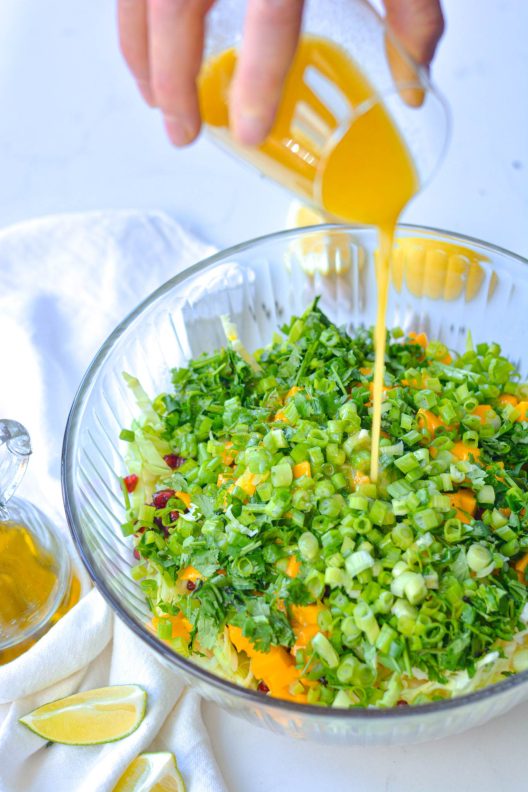
A healthy salad is incomplete without a delicious dressing to complement its flavors. Here are some healthy dressing options that you can try:
- Balsamic Vinaigrette: Combine balsamic vinegar, olive oil, honey, Dijon mustard, salt, and pepper to create a tangy and sweet dressing that goes well with most salads.
- Lemon and Olive Oil Dressing: Mix fresh lemon juice, olive oil, honey, salt, and pepper for a refreshing and light dressing that pairs well with leafy greens.
- Greek Yogurt Dressing: Mix Greek yogurt, garlic, lemon juice, olive oil, and salt for a creamy and tangy dressing that can add protein and probiotics to your salad.
- Tahini Dressing: Mix tahini, lemon juice, garlic, olive oil, and water to create a creamy and nutty dressing that goes well with roasted vegetables.
How To Make Great Salads That Are Both Nutritious And Tasty
Fresh ingredients are crucial to making a great salad. Make sure to use fresh greens and vegetables, and avoid using canned or frozen ingredients whenever possible. If you’re making a salad in advance, keep the dressing separate until you’re ready to eat to prevent the salad from becoming soggy.
- Start with a base you like: This is a foundation upon which all other ingredients will be added. Many options include greens like spinach, kale, arugula, and lettuce. You can also use grains like quinoa, brown rice, pasta, or couscous. The key is to choose a base that will provide a good texture and flavor for your salad.
- Add some crunch: A good salad needs some crunch, and there are plenty of ways to accomplish this. Nuts like almonds or walnuts, seeds like sunflower or pumpkin seeds, crispy bacon bits, and crackers can add a satisfying crunch to your salad. Other options include croutons, tortilla chips, or even crushed-up pretzels.
- Mix up the flavors: A mix of flavors is essential to keep your taste buds engaged. You can add sweetness with fruits or tanginess with ingredients like pickled onions or vinegar-based dressings. Other options include adding some saltiness with olives or feta cheese or spiciness with sliced jalapenos or hot pepper flakes.
- Use a variety of textures. Textures are essential in a salad as they provide a satisfying mouthfeel. Mixing up textures can make your salad or break it! Add soft ingredients like avocado or boiled eggs, along with crunchy ingredients like croutons or nuts. You can also add some chewiness with dried fruit like cranberries or raisins.
- Don’t forget the protein: Protein is vital in a salad as it can help keep you full longer. Adding some protein to your salad can make it a more complete meal. Options include grilled chicken or fish, boiled eggs, tofu, beans, or lentils. You can even use last night’s dinner leftovers as a protein source.
- Dress it up: The dressing brings everything together in a salad, and there are plenty of options to choose from. You can choose a classic vinaigrette, creamy ranch dressing, or spicy peanut sauce. Whatever you choose, make sure to use it sparingly, as too much dressing can overpower the other ingredients.
- Keep it colorful: A great salad should be visually appealing as well as delicious. Adding colorful ingredients can make your salad look more attractive, so consider adding red peppers, yellow tomatoes, or purple cabbage. You can also use different shades of greens for your base to add some variety.
- Experiment with different and unique ingredients: Salads are incredibly versatile. There are no hard and fast rules when making a great salad, so feel free to experiment with different ingredients and flavor combinations. Add unusual ingredients like roasted beets or watermelon, or mix up your dressing with various herbs and spices.
- Keep it fresh: Fresh ingredients are crucial to making a great salad. Ensure to use fresh greens and vegetables, and avoid canned or frozen ingredients whenever possible. If you’re making a salad in advance, keep the dressing separate until you’re ready to eat to prevent the salad from becoming soggy.
More tips:
- Use creative ingredients like fennel, bitter greens, roots, and hardy leaves.
- Think beyond the croutons: add chia crackers, crispy chicken skin, masa crunch, and seed brittle.
- Use salt to soften the veggies such as cabbage, collard greens, chard, or kale. They like a good massage as well.
- Every ingredient should bring contrast in flavor and texture. If the salad is sweet, add something bitter or salty. If it is crunchy, add something soft. If it is too rich, add more acid.
- Toast your nuts and seed for a deep flavor.
- Use mandoline for different vegetable textures.
- Mix two different kinds of vinegar in one dressing for unique flavor combinations.
- Use unique ingredients such as toasted coconut flakes, yuzu, kumquat, turmeric, sea vegetables, edible flowers, microgreens, sprouts, guacamole, exotic fruits, and crispy noodles.
- Dress to impress: remember about making it pretty!
Salads recipes:
Yum
